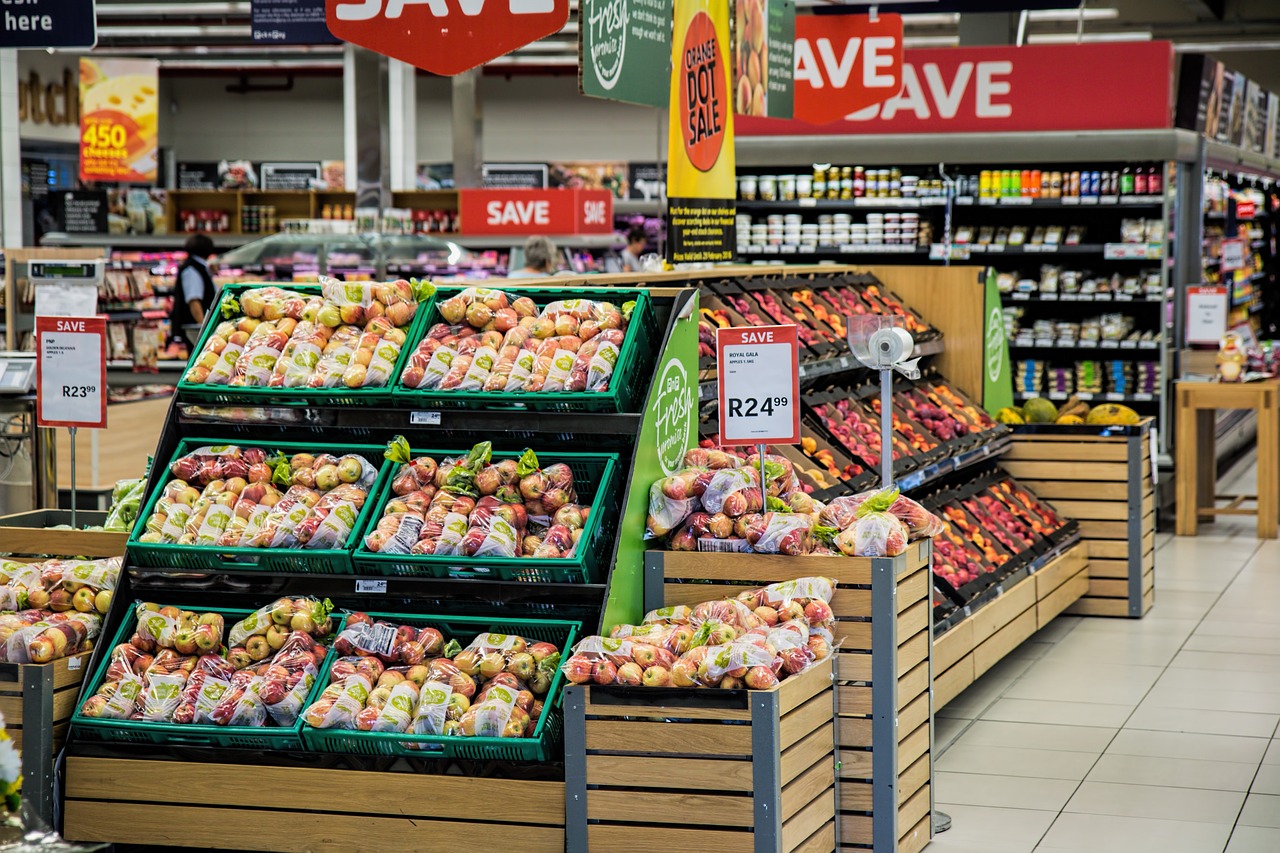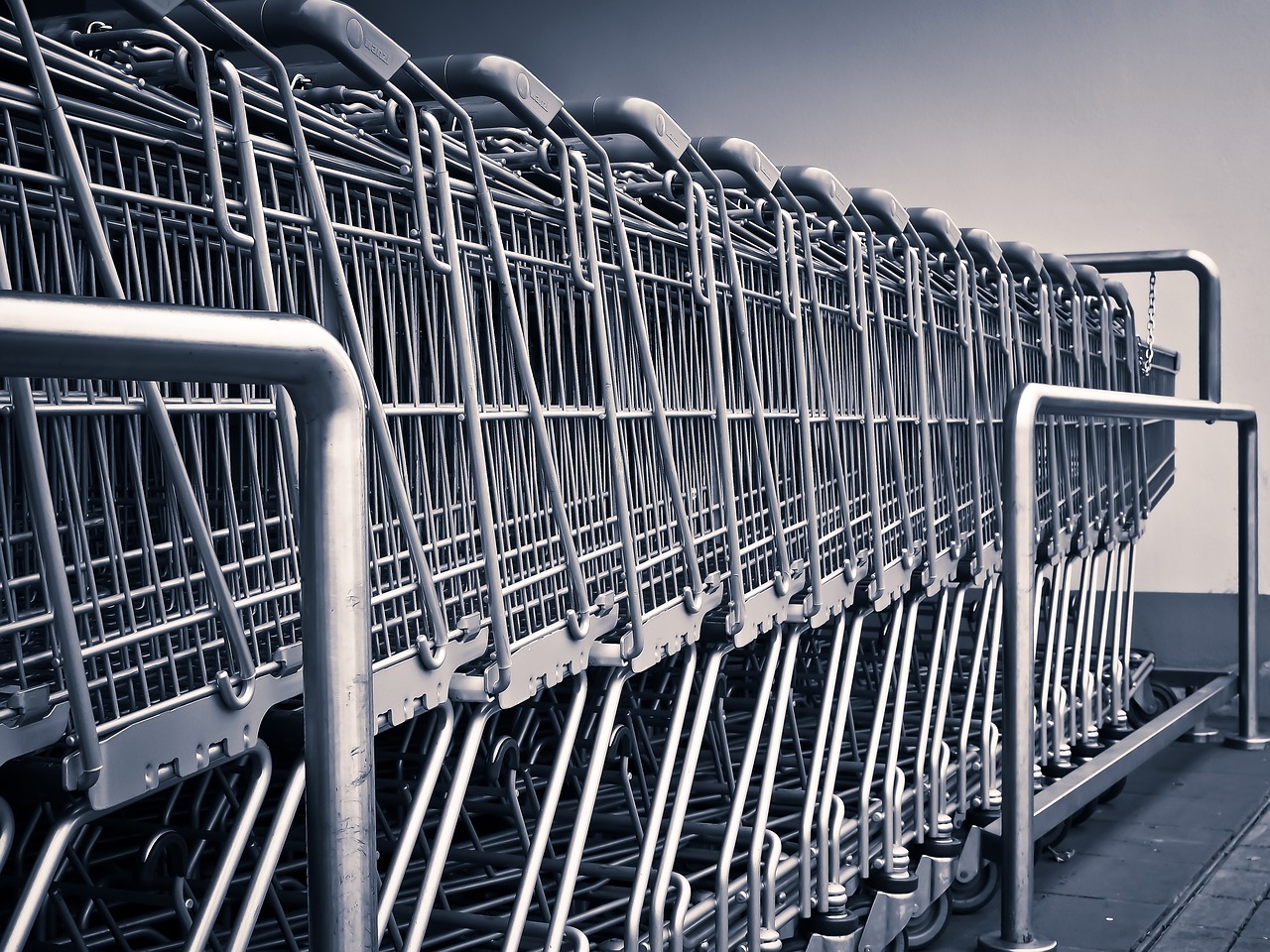Before you grab your shopping cart, you should know about grocery store tricks that quietly influence how much you spend. From the moment you enter, supermarkets are designed to guide your choices, extend your visit, and increase your total bill. These psychological tactics are subtle but powerful. Once you learn how they work, you will start shopping with more control and leave with only what you need.
1. Fresh Produce Makes a Powerful First Impression

The first thing most shoppers see when entering a supermarket is the produce section. Bright fruits, green vegetables, and colorful flowers set a welcoming tone. This visual strategy works by triggering something called the halo effect. If the produce looks fresh and high quality, shoppers often assume everything else in the store is just as good.
This leads to more relaxed decision-making and more spending. After picking up some apples or lettuce, people feel like they have earned a little reward. That often means grabbing snacks, sweets, or other impulse items without much guilt. This is one of the most effective grocery store tricks, because it works in less than a minute.
2. Music and Lighting Affect Your Mood

Most shoppers do not realize how much background music and lighting affect their behavior. Supermarkets use soft, slow music to create a calm, comfortable atmosphere. This encourages shoppers to slow down, browse more, and spend extra time in the store.
Lighting is adjusted to highlight certain products, especially in the bakery and produce sections. Warm lighting makes fruits appear more ripe and baked goods look fresher. These small details influence emotions, which then influence spending. If you are in a good mood, you are more likely to add unplanned items to your cart.
3. Hunger Turns Shoppers into Impulse Buyers

Shopping while hungry is one of the worst mistakes you can make. When you are hungry, you focus more on food cues and are less likely to stick to your list. Supermarkets count on this. That is why they place baked goods and hot food near the entrance or main pathways.
These smells are not accidental. They trigger cravings, which lead to impulse buys. Hungry shoppers are more likely to buy high-calorie, ready-to-eat, or snack items. This trick is simple but incredibly effective. Eat a snack before shopping and you will likely spend less.
4. Essentials Are Always at the Back

Have you ever wondered why basics like milk, eggs, and bread are placed at the very back of the store? It is not bad planning. This layout forces you to walk past dozens of other products to get what you need. Every aisle you pass is a chance to grab something extra.
By the time you reach the items you came for, your cart may already be filled with cereal, snacks, or frozen meals. Supermarkets use this layout to maximize your exposure to temptations. One of the most common grocery store tricks is simply making you take the long way around.
5. Big Carts Make You Spend More

Shopping carts have gotten larger over the years. The reason is simple. When you place a few items in a large cart, it looks empty. This visual gap encourages people to keep adding products until the cart appears more full.
Psychologists have found that bigger carts can increase how much people buy without them realizing it. If you want to spend less, try using a hand basket or a smaller cart when possible. Limiting space can help limit spending.
Read More: 5+ Affordable Gadgets to Keep Your Grocery Costs Down
6. Loyalty Cards Are Not Just for Discounts

Loyalty programs offer points, deals, and digital coupons. But they also track your shopping habits. Every time you scan your card, the store learns more about what you buy, how often you shop, and what offers attract you.
This data is used to send personalized deals, but often those deals are designed to make you spend more, not save. You may be tempted to return sooner, buy extra items, or try a product you would not have picked without the incentive. Grocery store tricks like this feel like rewards but are carefully engineered marketing tools.
7. Eye-Level Shelves Are Reserved for Profits

Shelf position plays a huge role in what people buy. Products at eye level tend to be more expensive or bring in higher profits for the store. These are often brand-name items placed where they are easiest to grab.
Cheaper or generic alternatives are usually found either near the floor or higher up, where you have to search for them. Kids’ products are often placed at a child’s eye level to catch their attention. Smart shoppers know to scan the entire shelf, not just the middle.
8. “Special Offers” May Not Be Special at All

Stores use bold signs, red price tags, and bulk deals to give the illusion of savings. But not all promotions are truly discounted. A “2 for $5” deal may cost the same as buying two individual items. Sometimes it is even more expensive.
Always check the unit price. That is the price per ounce, pound, or item. If a deal looks too good to be true, it may be a tactic to sell you more than you need. Buying in bulk is only smart if you can use it before it goes bad.
9. End Caps Are Designed to Distract

The end sections of aisles, also known as end caps, are designed to grab your attention. These spaces often feature seasonal items, overstocked goods, or products with high profit margins. They are not always the best deals.
Because shoppers often see end cap displays while turning corners or waiting in line, they act on impulse. It is easy to throw an extra item into your cart without thinking. These setups are visually striking for a reason. If you want to stay within your budget, be cautious about what you grab from these areas.
Read More: 10 Cities Where Grocery Prices Are Spiking Higher Than Others
Conclusion

Grocery store tricks are everywhere, and most people do not even notice them. From shelf design to background music, every part of the store works together to influence your decisions. These tactics are not illegal or unethical, but they are powerful. If you are not careful, you may walk in for a few items and leave with twice as much.
Now that you know the most common tricks, you can shop with confidence. Make a list, eat before you go, and stay focused. Scan shelves from top to bottom and always question whether a deal is real. With these strategies, you will keep more money in your wallet and avoid being manipulated by clever marketing.
Disclaimer: This article was created with AI assistance and edited by a human for accuracy and clarity.

